Trading : 7am to 5pm (Mon-Sun)
Call Us : (03) 7071 0777
Email Us : sales@primalhunter.com.au
NEED HELP?
Hours: 7am-5pm (Mon-Sun)
Ph: (03) 7071 0777
E:sales@primalhunter.com.au

Thermal gear is one of those upgrades where Aussie hunters can honestly say it’s a complete game changer.
Whether you’re chasing pigs under the sun, checking fence lines for foxes after dark, or bunny bustin’ across a wide-open paddock, a good thermal scope or monocular gives you a level of awareness you simply can’t get any other way.
You see more, react quicker and turn more of your time in the field into genuine opportunities.
Most hunters already know the big hitters in the thermal world—Hikmicro, Nocpix, Pulsar and a few others.
But in recent years, another name has been popping up more and more: Guide Sensmart/Guide Outdoors. And naturally, hunters are starting to ask the same question: Are Guide thermal scopes actually any good?

Because Hikmicro is arguably the industry leader, and because we sell both brands, it only makes sense to compare them directly and give our honest, unbiased thoughts.
That way you can decide what’s right for your style of hunting, your expectations and your budget.
So, are Guide scopes worth considering?
Short answer: yes—but it depends on what you’re after. Here’s the full breakdown.
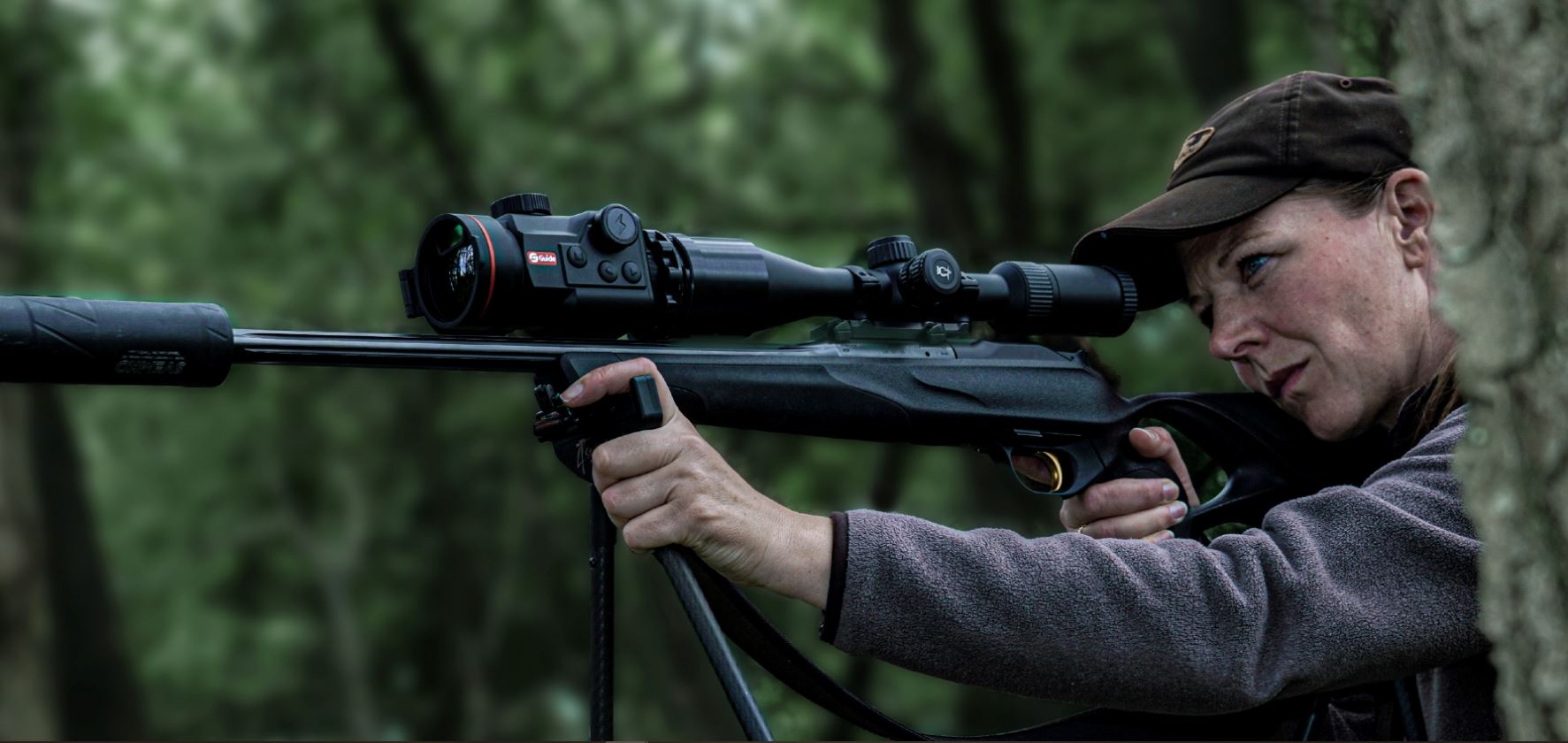
If you’re new to thermal gear, Hikmicro is a brand you’ll likely hear about first.
They’ve earned a strong reputation among Aussie hunters for producing thermal scopes, binoculars and monoculars known for exceptional image quality, advanced processing, and reliable performance in tough conditions.
Most hunters know exactly what they’re getting when they choose Hikmicro—premium gear with no compromise.
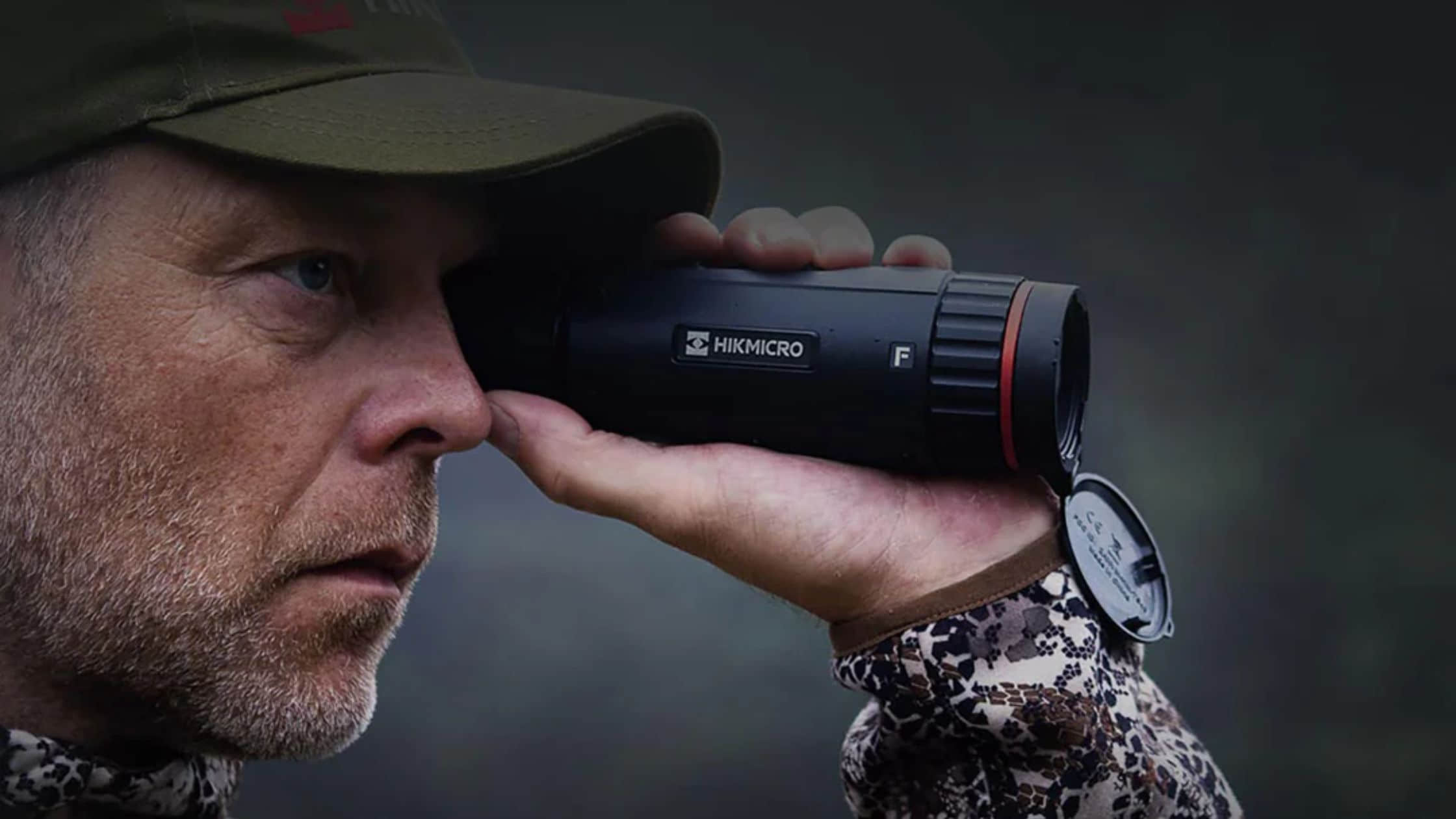
Guide on the other hand, might feel like the new kid on the block. But they’re not exactly green around the gills.
Before showing up in hunting stores, they were building thermal cameras for airports and industrial jobs — and they did a lot of that real-time thermal screening during COVID.
In other words, they already had serious thermal sensor expertise and top-tier image-processing tech long before they entered the hunting world.
Now they’ve taken that experience and poured it into thermal optics for hunters — and they’re pushing boundaries fast.
Their latest release includes multispectral scopes that combine thermal + day vision + night vision in a single unit.
That’s a level of technology most of the big names in the thermal world (including Hikmicro) haven’t pulled off yet.
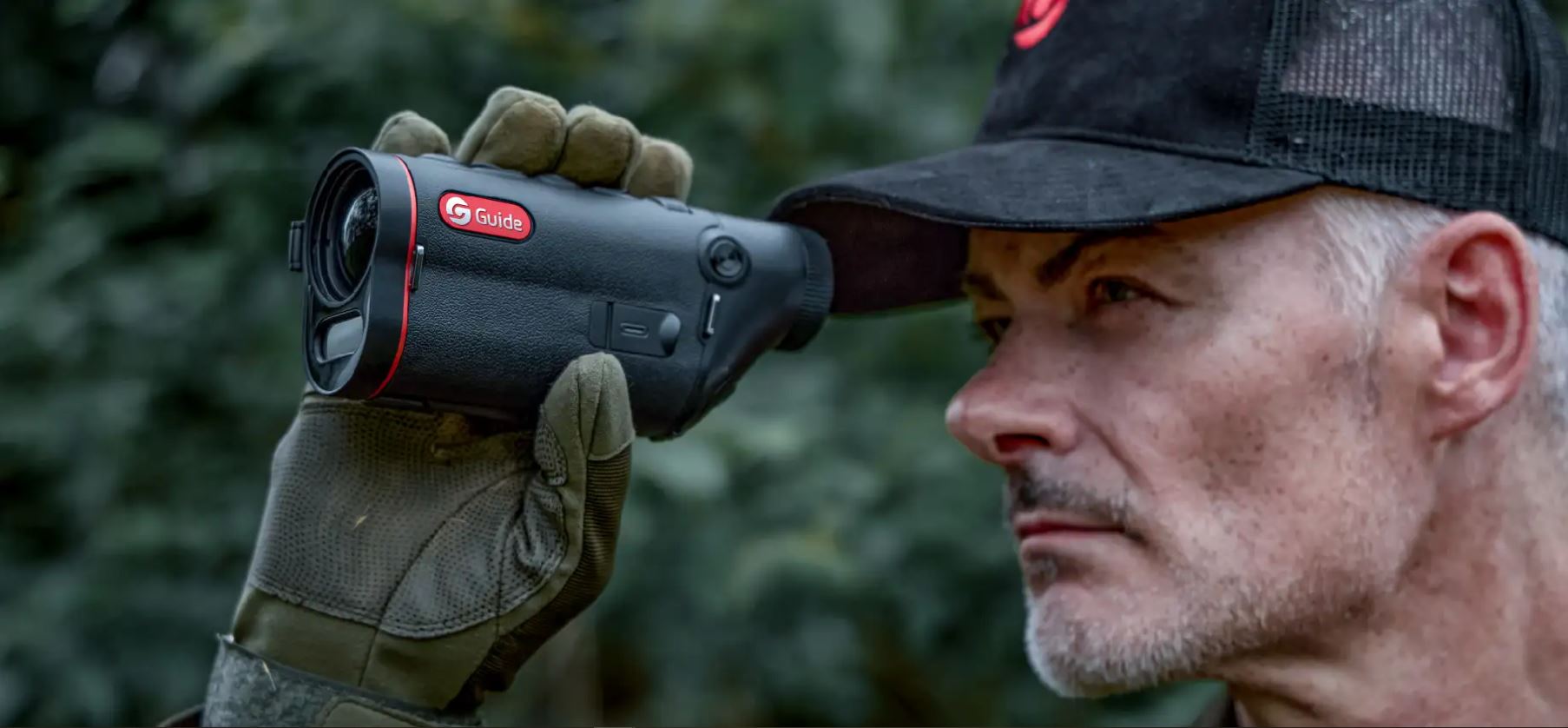
Since we’re comparing these two brands, let's talk about one of the biggest differences you’ll spot in the field - image processing.
It’s the part you don’t see on a spec sheet, but it makes a huge difference once you’re boots on ground and peering through your thermal scope.
Here’s how they actually stack up when you put them side-by-side.
Hikmicro uses the following in-house image-enhancement technology:
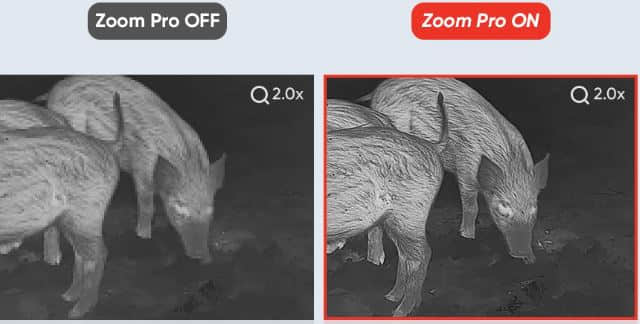
Guide uses their proprietary HyperLight algorithm which:
At base magnification or lower levels of digital zoom, Guide images are clean and more than good enough to handle most hunting scenarios out to around 300 metres.
Beyond 300 metres, however, Hikmicro starts to pull ahead.
When higher levels of digital zoom are needed, Zoom Pro keeps distant images sharper and more detailed, giving Hikmicro a clear edge for long-range spotting and identification.

So far it is 1-0 in favour of Hikmicro. Though image quality is crucial in thermal optics, it isn't everything.
But for many hunters, especially those just getting into thermal gear, premium-level pricing isn’t always within reach.
Some hunters simply want reliable thermal performance that gets the job done without breaking the bank. This is exactly where Guide shines.
Hikmicro, on the other hand, comes at a premium because it extracts every ounce of clarity and long-range performance from both hardware and software. If you need that extra reach and sharpness at distance, you’ll pay for it—but for many hunters, Guide provides more than enough capability for everyday hunting scenarios.
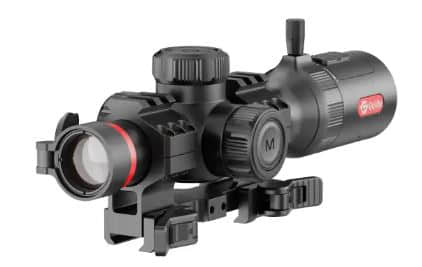
So, what does that value look like in the real world?
Take the Hikmicro SH35L 3.0 and the Guide TU435L 3.0—two thermal scopes with very similar specs.
Hikmicro SH35L 3.0 (Price: $3999)
Guide TU435L 3.0 (Price: $3499)
On paper, they’re almost identical. In practice, Hikmicro has the edge at long-range zoom, but Guide delivers more than enough performance for typical hunting distances <300m—all while saving you around $500 (or $899 if you include the free quick release mount provided).
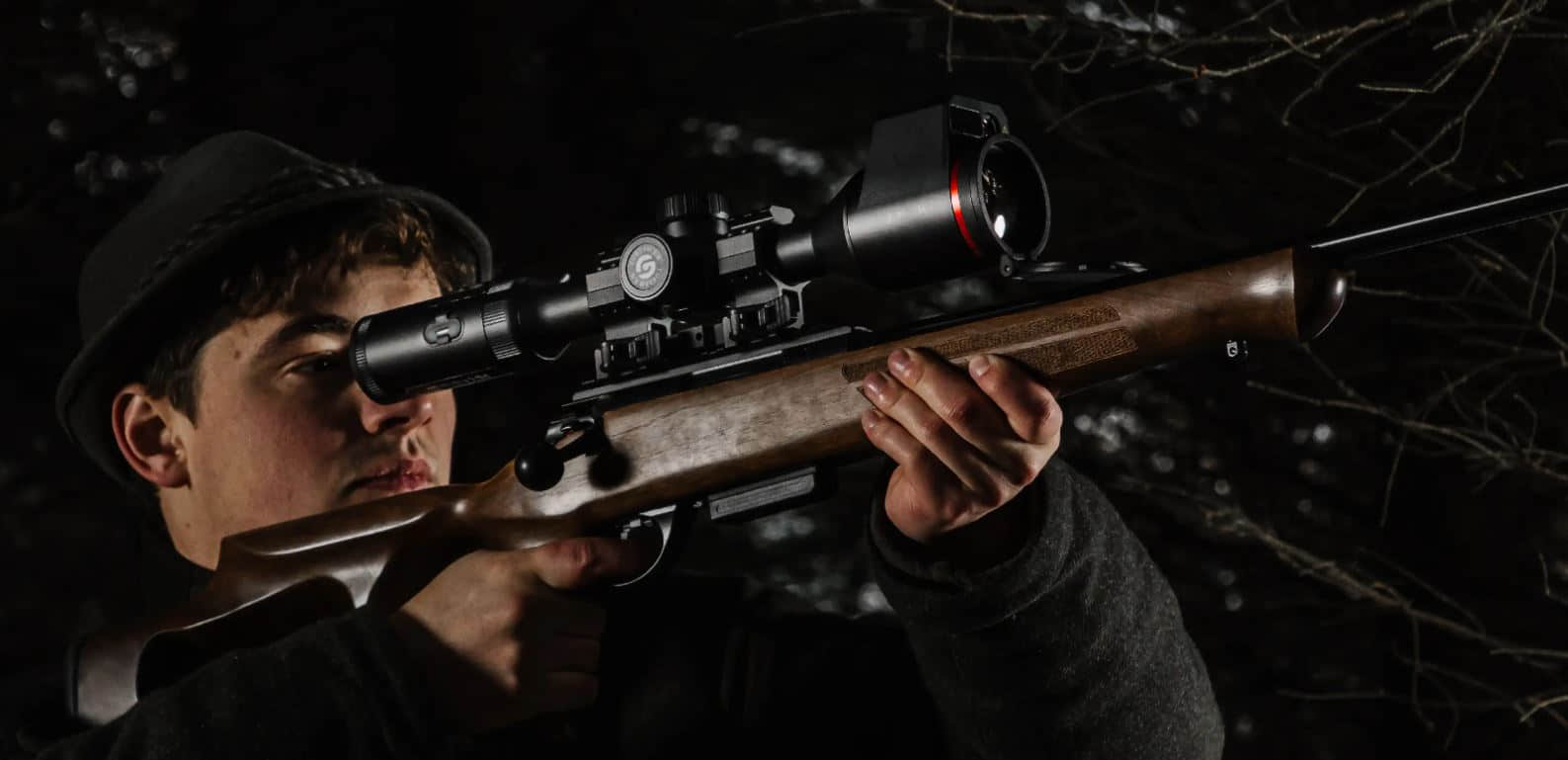
Absolutely. For most Aussie hunters, Guide strikes a perfect balance between performance, price, and practicality.
They also offer the same warranty as Hikmicro.
Showing they stand behind the quality and toughness of their scopes, built to handle our rugged conditions.
So, in conclusion:
Both brands are built to last, so in the end, it’s a choice between premium performance and great value with practical features for everyday hunting.
If you want a hand picking the right thermal scope, drop us a line on (03) 7071 0777.
No sales BS, just honest & practical advice for your specific hunting style/needs.
Leave a comment